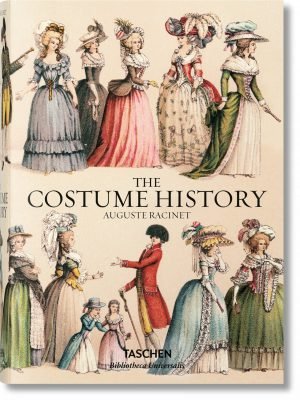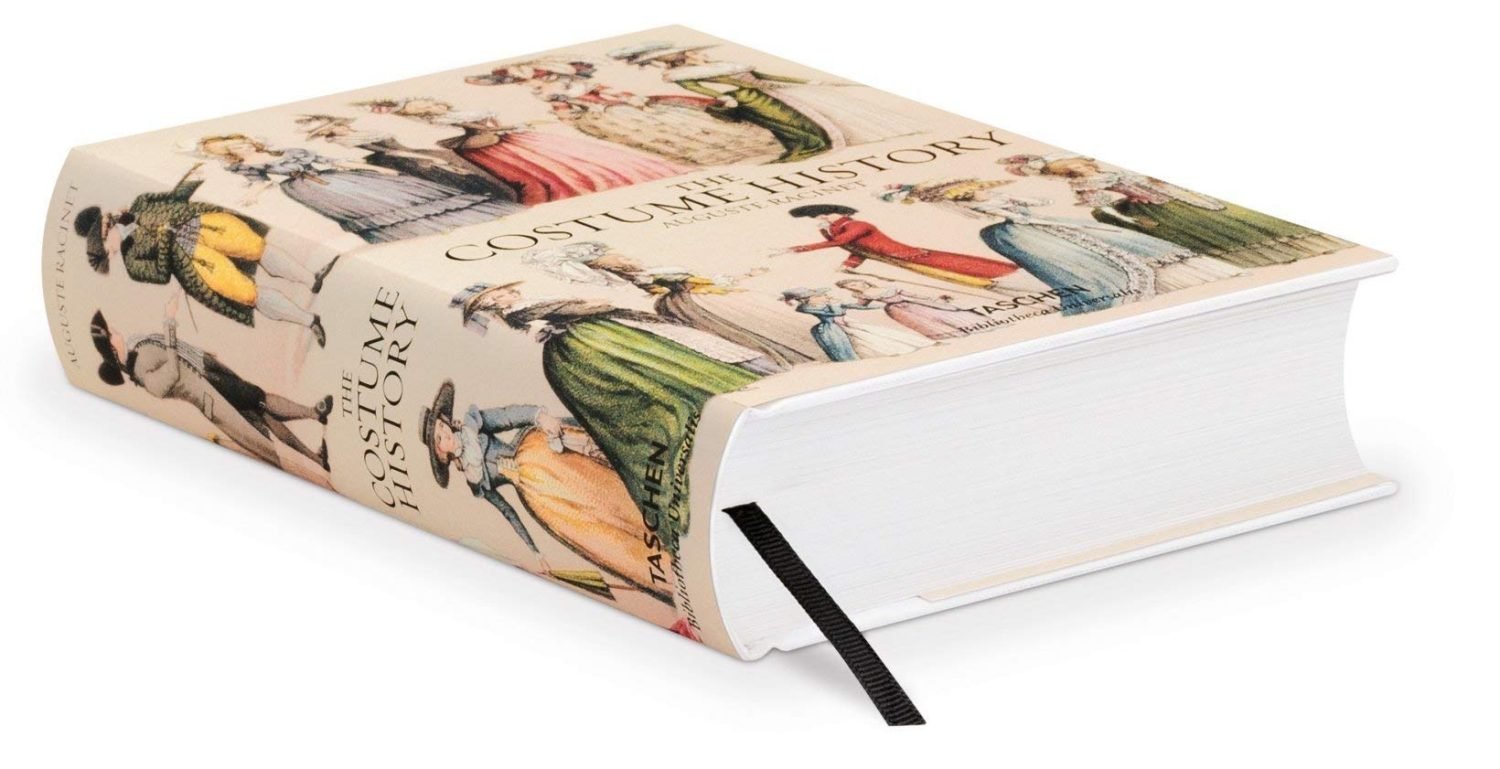
EIGHTEENTH CENTURY. CARTOUCHES.
THIS plate terminates the series in which we have successively represented the different phases of the cartouche, the general characteristics of which we have already defined.
No. 1. Is from a service-book painted at Paris in 1740 for the church of St. Gervais; it forms the framework of a blue camaïeu *). (Mazarin Library, MS. 238 T.)
Nos. 2, 3. These specimens are by Bernard Picart and also serve as frames to camaïeux. The above three specimens, as well as Nos. 12 and 13, belong to the style of the close of the seventeenth century.
Nos. 4 to 7. These subjects belong to a more equivocal style, viz., to that excessive use of curves, which during a part of the century almost led to the abandonment of the straight line as an element of’ ornamentation.
No. 8. Stand in enameled and painted earthenware.
No. 9. Book-plate painted in 1752 by Elias Nilson, director of the Academy of Augsburg, usually called the great Nilson.
Nos. 10, 11. Emblematic cartouches, after De la Joue. The four masks are by Abraham Bosse, and belong to the preceding century.
Nos. 2, 3, 8. Specimens of damasceening from 1720 to 1730.
*) Camaieu is a technical term from painting and is derived from the French camaïeu occasionally also peinture en camaïeu (for Camaieu painting or painted in the style of a cameo or painted like a cameo), a special monochrome painting technique.
In Camaïeu or Camaïeu painting, only one and the same colour is used at a time, but in different shades. This special form of monochromaticity excludes the colours grey and yellow. Monochromatic works in shades of grey are called grisaille after the French word for grey gris, and those in yellow shades are called cirage after the French nouns cirage for shoe polish, again derived from cire for wax.
Camaïeu paintings were already known in ancient times, but experienced their heyday in Italy in the 16th and 18th centuries. For example, works by Caravaggio and Maturino da Firenze on house walls are known. Objects made of porcelain or faience were preferably decorated with purple and iron red in the first third of the 18th century, later with copper green, in grey and sepia and then in the Pompeian style frescoes of the Restoration and the Second Empire.
Source: Polychromatic ornament by Auguste Racinet. London, H. Sotheran and Co., 1877.








